Perchloroethylene
₦750,000.00
Description
Perchloroethylene, also known as tetrachloroethylene or PCE, is a colorless, non-flammable liquid with a sweet, ether-like odor. Its chemical formula is C₂Cl₄. Perchloroethylene is a chlorinated hydrocarbon, and it is widely used in various industrial and commercial applications due to its excellent solvent properties.
### Key Applications of Perchloroethylene
1. **Dry Cleaning**:
– **Primary Use**: Perchloroethylene is most commonly known for its use in the dry cleaning industry. It is the dominant solvent used for cleaning fabrics that cannot be cleaned with water, such as wool and silk. PCE effectively dissolves oils, greases, and waxes without damaging delicate fabrics or altering their texture or color.
2. **Degreasing Agent**:
– **Metal Cleaning**: PCE is widely used in the metalworking industry as a degreasing agent. It is highly effective at removing grease, oils, waxes, and other contaminants from metal parts, machinery, and tools, especially before they undergo further processing like plating or painting.
– **Precision Cleaning**: It is also used in the electronics industry for cleaning delicate electronic components where residues of grease or other contaminants could impair function.
3. **Chemical Intermediate**:
– **Manufacturing Chemicals**: Perchloroethylene is used as a chemical intermediate in the production of other chemicals. For example, it is a precursor in the manufacture of certain fluorinated compounds, including refrigerants (like hydrofluorocarbons) and solvents.
– **Chlorofluorocarbons (CFCs)**: Historically, PCE was used in the production of chlorofluorocarbons (CFCs), though the use of CFCs has significantly declined due to their ozone-depleting properties.
4. **Solvent for Chemical Formulations**:
– **Adhesives and Coatings**: PCE is used as a solvent in the formulation of adhesives, paints, coatings, and inks. Its volatility and solvent power make it effective in dissolving resins and facilitating the application of coatings.
– **Resin and Polymer Processing**: It is also used in the production and processing of certain resins and polymers, where its solvent properties help in controlling viscosity and improving the uniformity of the final product.
5. **Anesthetic and Refrigerant** (Historical Uses):
– **Anesthetic**: Perchloroethylene was once used as an anesthetic due to its volatility and depressant effects on the central nervous system. However, it has been largely replaced by safer alternatives in medical practices.
– **Refrigerant**: PCE was also used as a refrigerant in the past, but its use has declined due to environmental concerns and the availability of more efficient and less harmful refrigerants.
### Health and Environmental Considerations
– **Toxicity**: Perchloroethylene is toxic and can have adverse health effects if inhaled or ingested. Exposure to high concentrations can lead to dizziness, headaches, drowsiness, and, in severe cases, damage to the central nervous system, liver, and kidneys. Long-term exposure has been linked to cancer, and PCE is classified as a probable human carcinogen by the International Agency for Research on Cancer (IARC).
– **Environmental Impact**: PCE is persistent in the environment and can contaminate soil and groundwater. It is one of the most common contaminants found at hazardous waste sites. Due to its potential to harm human health and the environment, the use and disposal of PCE are regulated in many countries.
– **Regulations and Alternatives**: Because of the health and environmental risks associated with perchloroethylene, its use is regulated, and safer alternatives are being developed for many of its traditional applications, particularly in the dry cleaning industry.
### Physical and Chemical Properties
– **Boiling Point**: Perchloroethylene has a boiling point of about 121°C (250°F).
– **Density**: It is denser than water, with a density of around 1.62 g/cm³ at room temperature.
– **Solubility**: PCE is poorly soluble in water but readily dissolves in organic solvents and can dissolve a wide range of organic materials, making it a powerful solvent.
Perchloroethylene is a highly effective solvent with widespread industrial use, but its toxic and environmental hazards have led to increased regulation and the search for safer alternatives. Its continued use is most prominent in dry cleaning and metal degreasing, although its role is diminishing as new technologies and chemicals are developed.

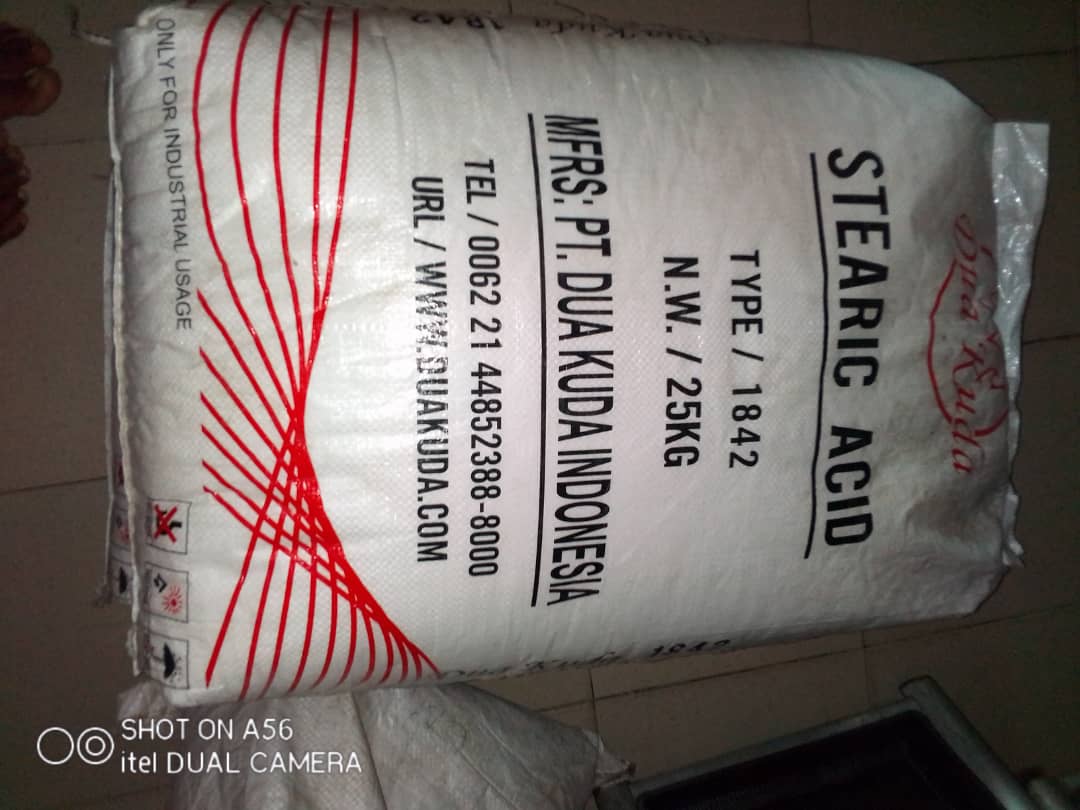

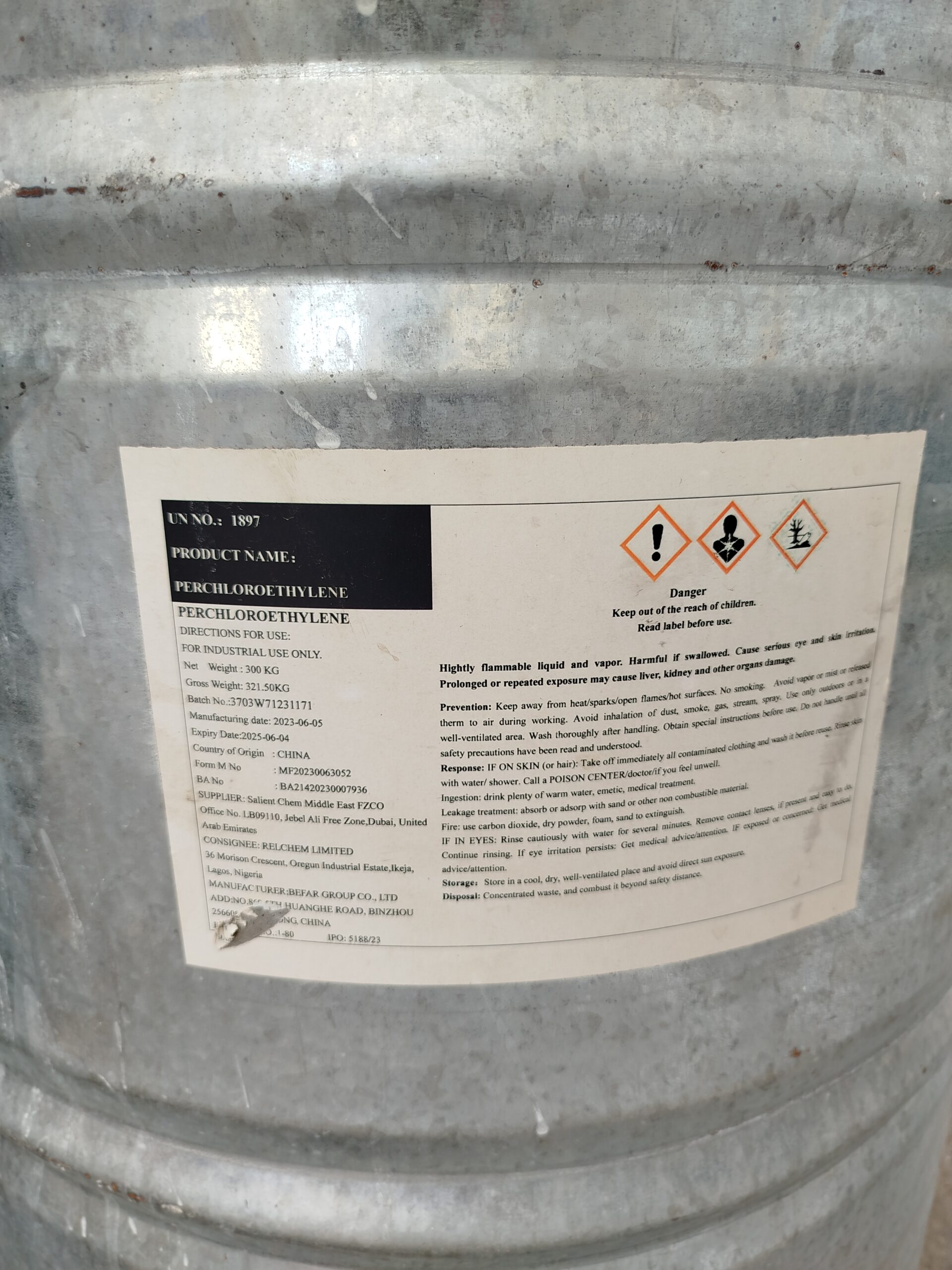

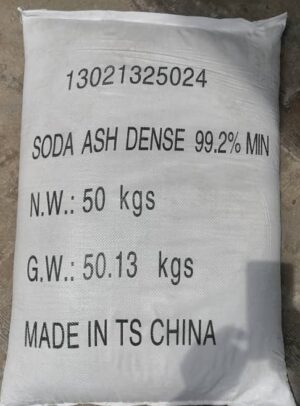
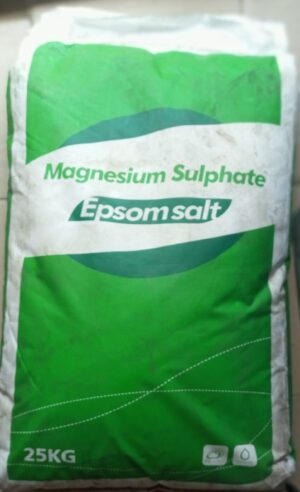


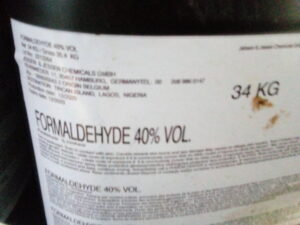
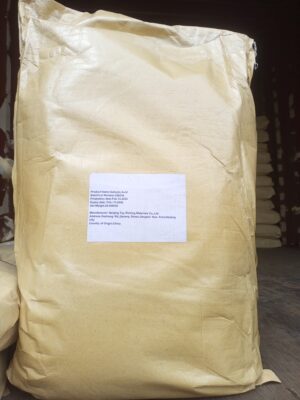
ThomasObels –
legit canadian pharmacy
https://expresscanadapharm.com/# Express Canada Pharm
the canadian drugstore
Lorenzokic –
Their international supply chain ensures no medication shortages.
buy generic lisinopril price
The staff always ensures confidentiality and privacy.
Lorenzokic –
What side effects can this medication cause?
cheap cipro
A name synonymous with international pharmaceutical trust.
BryanExify –
I love the convenient location of this pharmacy.
can i order cheap lisinopril without insurance
Their health awareness programs are game-changers.
BryanExify –
Everything information about medication.
cost of cheap lisinopril online
The staff provides excellent advice on over-the-counter choices.
BryanExify –
Leading the way in global pharmaceutical services.
lisinopril side effects
Quick turnaround on all my prescriptions.